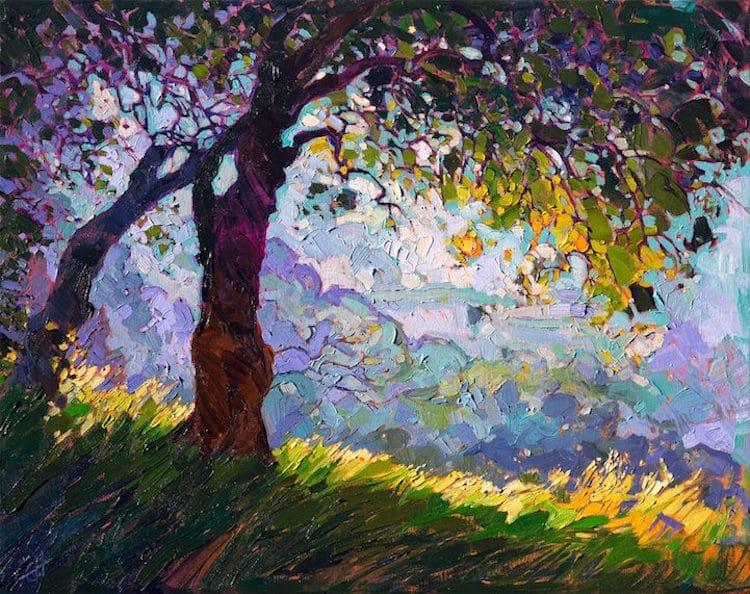Step into the magical world of modern art, where blurry lines, vibrant colors, and a distinct lack of recognizable shapes reign supreme. Influenced by the revolutionary style of Impressionism, artists have taken artistic expression to new, abstract heights. So grab your beret, put on your fancy monocle, and prepare to be dazzled by the avant-garde creations that blur the lines between reality and imagination.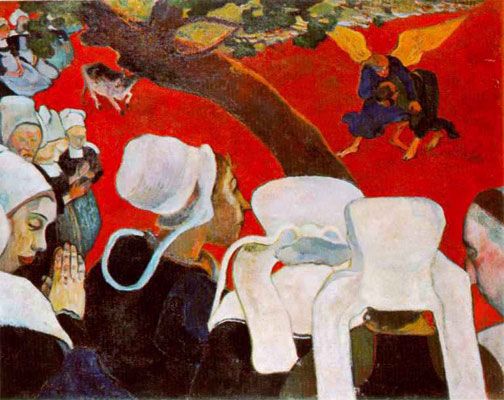
Evolution of Impressionism in Art
Impressionism in art started off as a rebellious movement that sought to break free from the traditional constraints of academic painting. It was like the art world’s version of a teenager going through their rebellious phase - except instead of dyeing their hair purple, artists were dabbing paint on canvases in a whole new way.
At first, critics were not too impressed with these “sloppy” and “unfinished” paintings. They scoffed at the loose brushwork and unconventional compositions. But little did they know, they were witnessing the birth of a revolutionary style that would shake up the art world.
As time went on, Impressionism began to evolve and expand beyond its initial boundaries. Artists started experimenting with color and light in ways never seen before. They painted en plein air, capturing the fleeting effects of sunlight and shadow with bold strokes and vibrant hues.
Today, Impressionism is celebrated as one of the most influential movements in art history. Its legacy lives on in countless museums and galleries around the world, inspiring generations of artists to embrace spontaneity and capture the beauty of everyday life in bold, vibrant strokes.
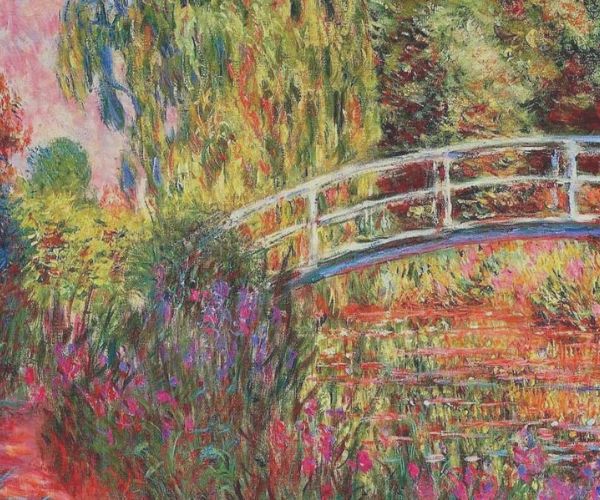
Key Characteristics of Impressionistic Art
Impressionistic art can be best described as a form of painting that focuses on capturing a fleeting moment in time. This artistic movement emerged in the late 19th century and quickly became a popular and controversial style among artists and critics alike.
One key characteristic of Impressionistic art is the use of broken color and brushstrokes. Instead of blending colors seamlessly, artists would apply dabs of paint in a rapid and seemingly random manner. This technique gives Impressionistic paintings a sense of movement and spontaneity that is visually captivating.
Another defining feature of Impressionistic art is the emphasis on light and its effects. Artists would often paint outdoors to capture the changing light and shadows throughout the day. This resulted in paintings that are vibrant and luminous, as if the scenes were bathed in sunlight.
Lastly, Impressionistic art is characterized by its emphasis on capturing emotion and atmosphere rather than exact representation. Artists sought to convey the mood and feeling of a scene rather than its precise details. This approach resulted in paintings that are immersive and evocative, inviting viewers to experience the world through the artist’s eyes.
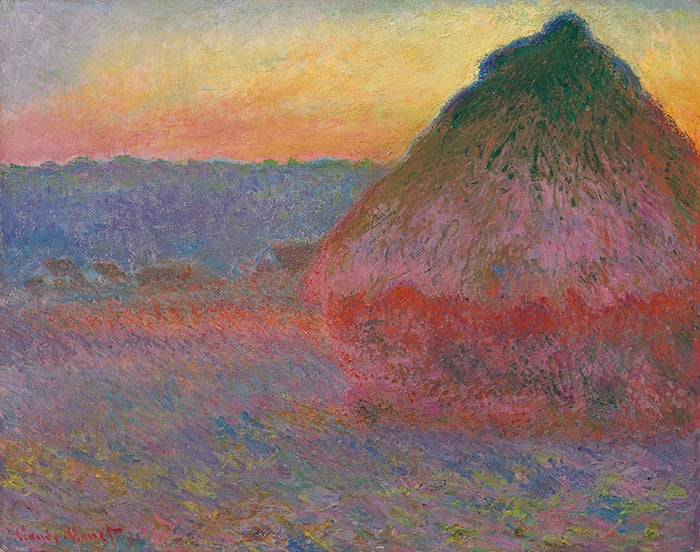
Impact of Impressionism on 20th Century Artists
How did those wacky Impressionists from the 19th century influence the artists of the 20th century? Well, let me tell you, it was like a ripple effect on a pond after a boulder is thrown in. Painters in the 20th century looked at those blurry, dreamy landscapes and said, “Hold my brush, I’m going in!”
First of all, the Impressionists said goodbye to those stuffy old museums and brought their art out into the open air. And you know what? 20th-century artists took that idea and ran with it, creating street art, outdoor installations, and performance pieces that turned the whole world into a gallery. If Monet could paint water lilies by a pond, why couldn’t a modern artist create a masterpiece on the side of a skyscraper?
Another way Impressionism left its mark on the 20th century was through its use of color. Those wild-eyed Impressionists were all about throwing convention out the window and using bold, bright colors to capture a moment in time. And you better believe that Warhol, Pollock, and the rest of the gang picked up on that. Suddenly, art wasn’t just about what you saw, but how you felt when you saw it. It was like a neon sign blinking “Emotion Ahead” in all caps.
In conclusion, the impact of Impressionism on 20th-century artists was like a revolution in a French cafe- a little chaotic, a little caffeinated, but oh so inspiring. So here’s to those blurry brushstrokes, those daring colors, and those artists who dared to dream a little bigger. Who knows? Maybe one day, we’ll look back on the 20th century as the true Age of Impressionism.
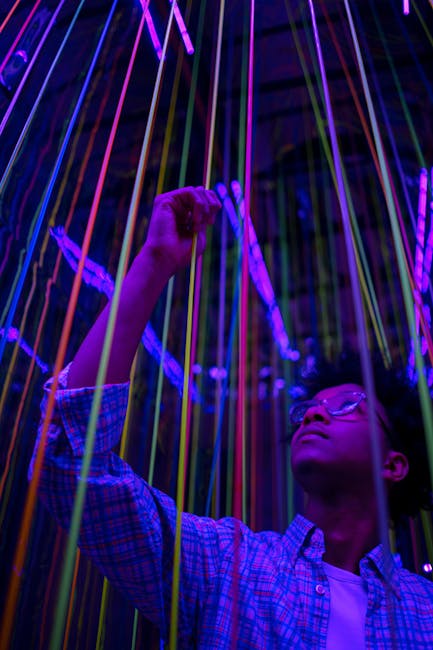
Innovation and Experimentation in Modern Art
Have you ever wondered what goes on in the minds of modern artists? Well, let me tell you, it’s a wild ride filled with innovation and experimentation. These artists are constantly pushing the boundaries of what is considered “art” and coming up with new and exciting ways to express themselves.
One of the most interesting things about modern art is the wide range of mediums that artists are using. Gone are the days of just painting on a canvas – now, artists are using everything from video installations to performance art to convey their message. It’s a brave new world out there, folks.
And let’s not forget about all the crazy techniques that modern artists are using. From dripping paint on a canvas to creating sculptures out of found objects, these artists are not afraid to think outside the box. They’re constantly pushing themselves to try new things and see where their creativity takes them.
So the next time you find yourself at a modern art exhibit, remember to keep an open mind and embrace the innovation and experimentation that is happening right in front of your eyes. Who knows, you might just discover your new favorite artist!
Influence of Impressionism on Abstract Expressionism
Impressionism and Abstract Expressionism may seem like they belong in two completely different art realms, but did you know that one actually heavily influenced the other? Here’s how the cool kids of the art world passed the baton from one movement to the next:
First off, Impressionism was all about capturing the fleeting moment through the use of loose brushstrokes and bright colors. Abstract Expressionism, on the other hand, took this idea of capturing emotion and cranked it up to eleven. They were like the rebellious teenagers of the art world, saying “we don’t need no stinkin’ realism!”
One major was the emphasis on the artist’s individual perspective. Just like how Monet painted his beloved water lilies over and over again, Abstract Expressionists like Jackson Pollock and Mark Rothko were all about exploring their own inner worlds through their art. It was like a therapy session, but way more colorful.
Another key connection between the two movements was the rejection of traditional techniques and subjects. Impressionists painted everyday scenes with a fresh perspective, while Abstract Expressionists threw out the rulebook altogether. They were like the rock stars of the art world, pushing boundaries and making a splash (sometimes literally, looking at you, Pollock).
Contemporary Artists inspired by Impressionistic Techniques
Monet, Degas, Cassatt, and Renoir walk into a bar…
Just kidding! But don’t be surprised if you see their artistic influence in the works of contemporary artists. These modern-day Picassos have taken a page out of the Impressionist handbook and put their own spin on it. Here are a few artists who are paying homage to the Impressionistic masters:
- Yuki Matsueda: This Japanese artist brings a pop art twist to Impressionistic techniques. Using vibrant colors and bold brushstrokes, Matsueda creates dynamic, eye-catching pieces that are sure to make Monet do a double take.
- Lisa Aerts: Aerts puts a modern spin on classic Impressionist landscapes. Her dreamy, ethereal paintings evoke the same sense of light and movement as Monet’s water lilies, but with a contemporary edge.
- Karina Antoñanzas: Antoñanzas combines Impressionistic brushwork with surreal imagery to create whimsical, thought-provoking pieces. Her work blurs the lines between reality and fantasy, much like Degas’ ballerinas dancing on the edge of a dream.
So next time you’re strolling through a gallery or browsing an art exhibit, keep an eye out for these contemporary artists who are putting a fresh, modern spin on Impressionistic techniques. Who knows, maybe one day they’ll be the ones inspiring future generations of artists!
FAQs
Is it true that Impressionism was a major influence on Modern Art?
Absolutely! Impressionism was like the cool kid at school who everyone wanted to be friends with. Its loose brushstrokes and emphasis on light and color paved the way for Modern Art movements like Cubism, Fauvism, and Expressionism.
What aspects of Impressionism can be seen in Modern Art?
If Impressionism were a pizza, Modern Art would be its various delicious toppings. You can see traces of Impressionism in the way artists play with light, color, and form, but everyone puts their own unique spin on it. It’s like a never-ending game of artistic telephone.
How did Impressionism break away from traditional art styles?
Impressionism basically said, “Adiós, stuffy old rules!” Artists like Monet and Renoir ditched the rigid, realistic style of academic art in favor of capturing the fleeting moments and raw emotions of everyday life. It was like an art revolution, but with more berets.
Why is Impressionism considered revolutionary in the art world?
Imagine if art were a stuffy dinner party and Impressionism burst in like a rock star, knocking over the Chardonnay and shaking things up. It challenged the status quo, pushed boundaries, and gave artists the freedom to experiment and express themselves in new and exciting ways. Impressionism was basically the rebellious teenager of the art world.
How did Impressionism influence the way we perceive art today?
Impressionism was like the original influencer, setting trends and shaping the way we see and appreciate art. It showed us that art doesn’t have to be a perfect, polished masterpiece – it can be messy, emotional, and full of life. Thanks to Impressionism, we have a whole new appreciation for art that captures the essence of a moment rather than striving for perfection.

